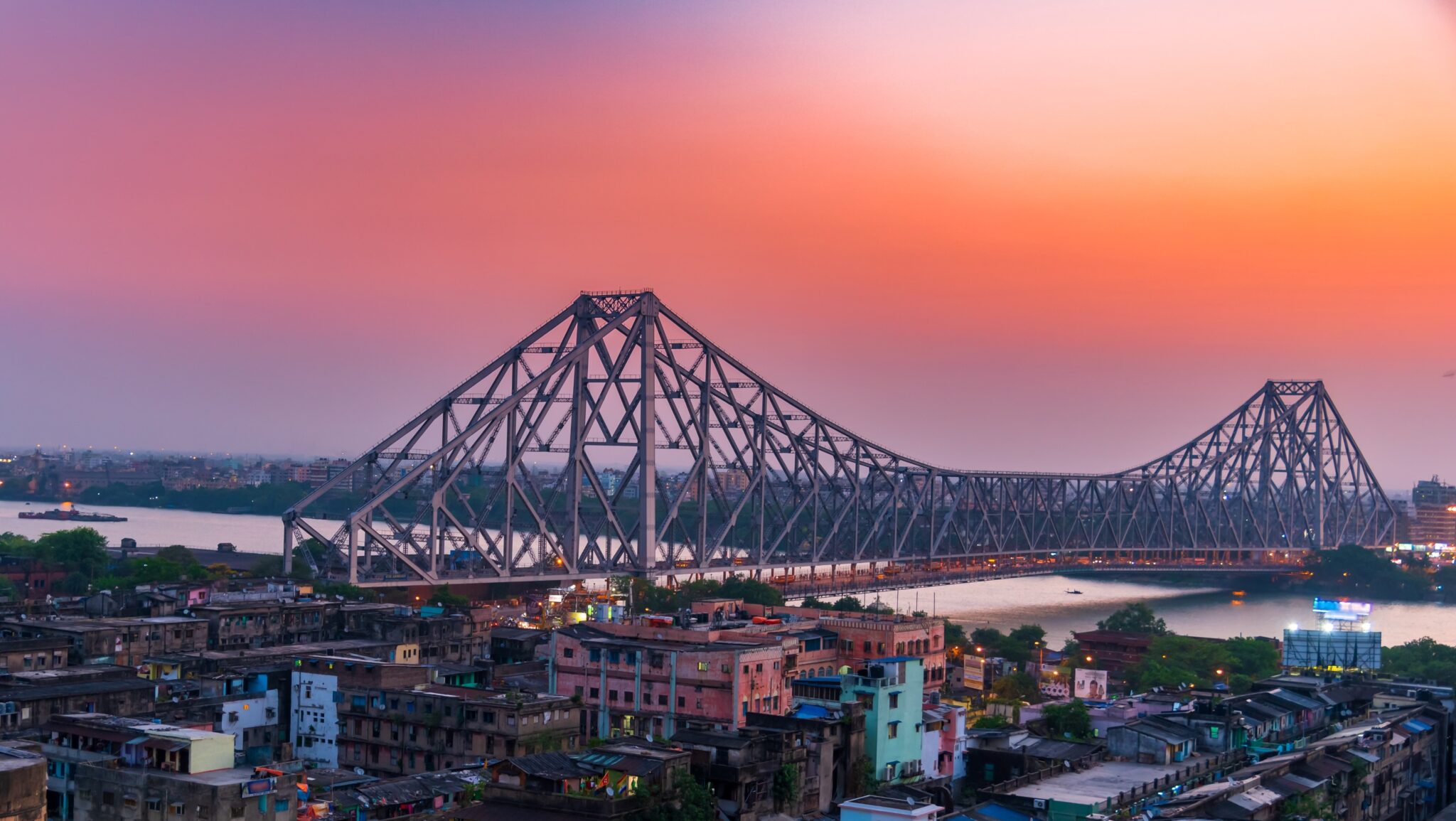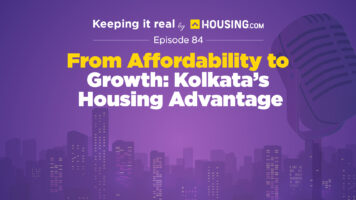Kolkata, the capital of West Bengal, was formerly the capital of British India from 1772 – 1911. The city’s growth as an important commercial and industrial hub during the pre-independence period is rooted in its strategic location as a major port on India’s eastern coast. Kolkata is home to a diverse economic base, including heavy industries, food processing, textiles, etc. The city witnessed a decline in industrial activity between the 1950s and 1990s mainly due to geo-political tensions.
Planned satellite cities such as New Town and Salt Lake in the Kolkata Metropolitan Area (KMA), are emerging as prominent IT hubs.The international airport at Kolkata has connected it to global centres, attracting multinational and national tech giants such as Cognizant, Tata Consultancy Services (TCS) and Wipro, to the city. In addition to the current BRTS corridor, the metro rail has been proposed to improve the connectivity within the city.
With the increasing number of economic opportunities and burgeoning population, housing demand has largely been steady over the past few years. Supply had however, dwindled in recent years as West Bengal is the only state to launch its own version of the Real Estate Regulation Act (RERA), i.e., the Housing Industry Regulation Act (HIRA) (2017). The resultant confusion and latency in implementation of the Act are among the factors that had affected new supply in Kolkata. However, with the implementation of RERA since 2021, the residential activity has received a new quick start in the city.
The latest property market trends in the city suggest the following:
- New supply doubled sequentially in the April-June quarter, reaching the pre-pandemic levels of 2019. The majority of the 2,014 new units were launched in the localities of New Town, Tollygunge, and Rajarhat in Q2 2022.
- While projects in the INR 25-45 lakh have dominated the residential landscape in Kolkata, historically, Q2 2022 has seen developers focusing on launching projects in a higher ticket size as more than the INR 1 crore price bracket took the maximum share of 27 per cent in overall new supply.
- Residential sales in Kolkata grew at a slower pace of 13 per cent QoQ as compared to the new supply in the second quarter of 2022, with the micro-markets such as Rajarhat, New Town, and Tollygunge leading the demand. The sluggish growth in sales can be attributed to a relatively high pace of price growth in the new supply and the inventory as compared to the previous quarters. Where the prices generally moved in the marginal range of 1-2 per cent in the city, they have grown at 5 per cent YoY in Q2 2022.
- Most of the demand in Q2 2022 was concentrated in the INR 25-45 lakh price bracket, which took a share of 38 per cent in the overall sales tally. Notably, units with more than the INR 1 crore ticket size took a healthy share of 18 per cent in the total demand pie, with the premium locality of Tollygunge in southern Kolkata seeing the majority of traction in this price bracket.
- As per our market insights, demand has shifted from a 2 BHK to a 3 BHK configuration in Kolkata on the back of work from home and hybrid working scenario during the pandemic. Corroborating with this, units with a 3 BHK configuration took a share of 44 per cent in overall sales in Q2 2022, as compared to a 39 per cent share in the year-ago period.
- Kolkata takes the lowest share of 3 per cent in the total unsold stock of 7.63 lakh units in the top-eight cities with an inventory overhang of 24 months in Q2 2022.
Check out: Flats in Kolkata







